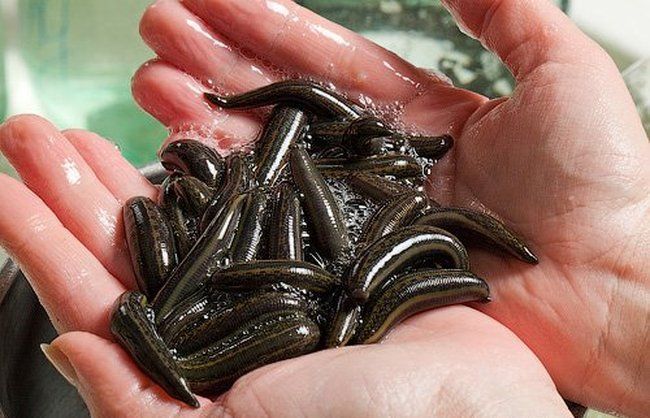|
|
Life Of Leeches
|
Medicinal use of leeches
The European medical leech Hirudo medicinalis and some congeners, as well as some other species, have been used for clinical bloodletting for thousands of years. The use of leeches in medicine dates as far back as 2,500 years ago, when they were used for bloodletting in ancient India. Leech therapy is explained in ancient Ayurvedic texts. Many ancient civilizations practiced bloodletting, including Indian and Greek civilizations. In ancient Greek history, bloodletting was practiced according to the humoral theory, which proposed that, when the four humors, blood, phlegm, black and yellow bile in the human body were in balance, good health was guaranteed. An imbalance in the proportions of these humors was believed to be the cause of ill health. Records of this theory were found in the Greek philosopher Hippocrates' collection in the fifth century BC. Bloodletting using leeches was one method used by physicians to balance the humors and to rid the body of the plethora.
The use of leeches in modern medicine made its comeback in the 1980s after years of decline, with the advent of microsurgeries, such as plastic and reconstructive surgeries. In operations such as these, problematic venous congestion can arise due to inefficient venous drainage. Sometimes, because of the technical difficulties in forming an anastomosis of a vein, no attempt is made to reattach a venous supply to a flap at all. This condition is known as venous insufficiency. If this congestion is not cleared up quickly, the blood will clot, arteries that bring the tissues their necessary nourishment will become plugged, and the tissues will die. To prevent this, leeches are applied to a congested flap, and a certain amount of excess blood is consumed before the leech falls away. The wound will also continue to bleed for a while due to the anticoagulant hirudin in the leeches' saliva. The combined effect is to reduce the swelling in the tissues and to promote healing by allowing fresh, oxygenated blood to reach the area.
The active anticoagulant component of leech saliva is a small protein, hirudin. Discovery and isolation of this protein led to a method of producing it by recombinant technology. Recombinant hirudin is available to physicians as an intravenous anticoagulant preparation for injection, particularly useful for patients who are allergic to or cannot tolerate heparin.
|
|









